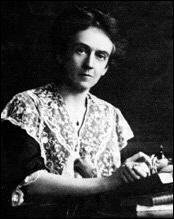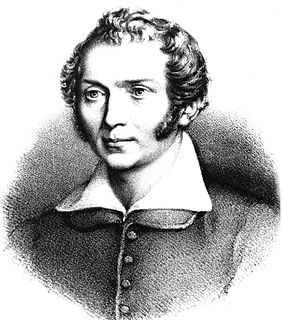 W
WClassicism, in the arts, refers generally to a high regard for a classical period, classical antiquity in the Western tradition, as setting standards for taste which the classicists seek to emulate. In its purest form, classicism is an aesthetic attitude dependent on principles based in the culture, art and literature of ancient Greece and Rome, with the emphasis on form, simplicity, proportion, clarity of structure, perfection, restrained emotion, as well as explicit appeal to the intellect. The art of classicism typically seeks to be formal and restrained: of the Discobolus Sir Kenneth Clark observed, "if we object to his restraint and compression we are simply objecting to the classicism of classic art. A violent emphasis or a sudden acceleration of rhythmic movement would have destroyed those qualities of balance and completeness through which it retained until the present century its position of authority in the restricted repertoire of visual images." Classicism, as Clark noted, implies a canon of widely accepted ideal forms, whether in the Western canon that he was examining in The Nude (1956), or the literary Chinese classics or Chinese art, where the revival of classic styles is also a recurring feature.
 W
WMatthew Piers Watt Boulton, also published under the pseudonym M. P. W. Bolton, was a British classicist, elected member of the UK's Metaphysical Society, an amateur scientist and an inventor, best known for his invention of the aileron, a primary aeronautical flight control device. He patented the aileron in 1868, some 36 years before it was first employed in manned flight by Robert Esnault-Pelterie in 1904.
 W
WThe Brandenburg Gate on the Luisenplatz in Potsdam, not to be confused with the gate of the same name on Berlin's Pariser Platz, was built in 1770–71 by Carl von Gontard and Georg Christian Unger by order of Frederick II of Prussia. It stands at the western end of Brandenburger Straße, which runs in a straight line up to the Church of St. Peter and St. Paul.
 W
WThe Dairy in the New Garden was built to plans by the master builder, Carl Gotthard Langhans, on the shore of the Jungfernsee lake at the northernmost tip of the New Garden in Potsdam, Germany. Construction was carried out from 1790 to 1792 by Andreas Ludwig Krüger.
 W
WFelix Maria Diogg was a Swiss painter. Born in Andermatt, as an adult he made Rapperswil his home. Diogg is considered the most important Swiss Classicism portraitist.
 W
WJohann Halbig, was a German sculptor of the Classicism school.
 W
WEdith Hamilton was an American educator and internationally known author who was one of the most renowned classicists of her era in the United States. A graduate of Bryn Mawr College, she also studied in Germany at the University of Leipzig and the University of Munich. Hamilton began her career as an educator and head of the Bryn Mawr School, a private college preparatory school for girls in Baltimore, Maryland; however, Hamilton is best known for her essays and best-selling books on ancient Greek and Roman civilizations.
 W
WThe Louvre Colonnade is the easternmost façade of the Palais du Louvre in Paris. It has been celebrated as the foremost masterpiece of French Architectural Classicism since its construction, mostly between 1667 and 1674. The design, dominated by two loggias with trabeated colonnades of coupled giant columns, was created by a committee of three, the Petit Conseil, consisting of Louis Le Vau, Charles Le Brun, and Claude Perrault. Louis Le Vau's brother, François Le Vau also contributed. Cast in a restrained classicizing baroque manner, it interprets rules laid down by the ancient Roman architect Vitruvius, whose works Perrault translated into French (1673). Its flat-roofline design, previously associated with Italy and unprecedented in France, was immensely influential.
 W
WErnst Mayer was a German sculptor in the classical style. He was a pupil of Antonio Isopi and worked for Leo von Klenze, mainly in Munich where in 1830 he became Professor of Sculpture at the Polytechnic, now the Technical University.
 W
WThe New Garden in Potsdam is a park of 102.5 hectares located southwest of Berlin, Germany, in northern Potsdam and bordering on the lakes Heiliger See and Jungfernsee. Starting in 1787, Frederick William II of Prussia (1744-1797) arranged to have a new garden laid out on this site, and it came to be known by this rather prosaic name. The New Garden is one of the ensembles comprising the UNESCO World Heritage Site "Palaces and Parks of Potsdam and Berlin," a status awarded in 1990.
 W
WNordic Classicism was a style of architecture that briefly blossomed in the Nordic countries between 1910 and 1930.